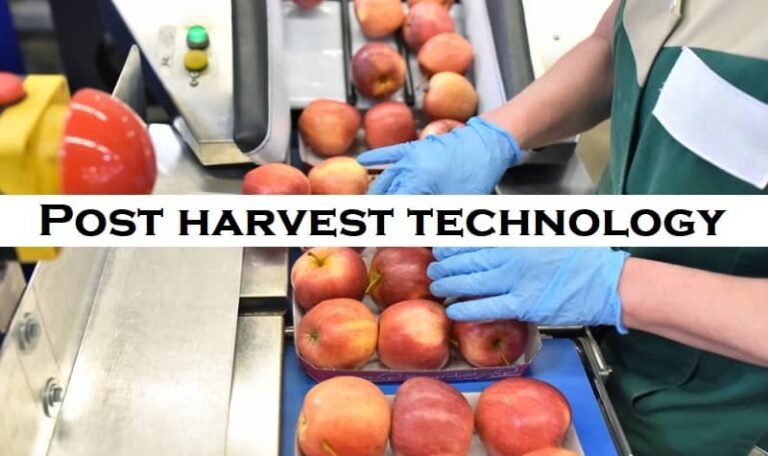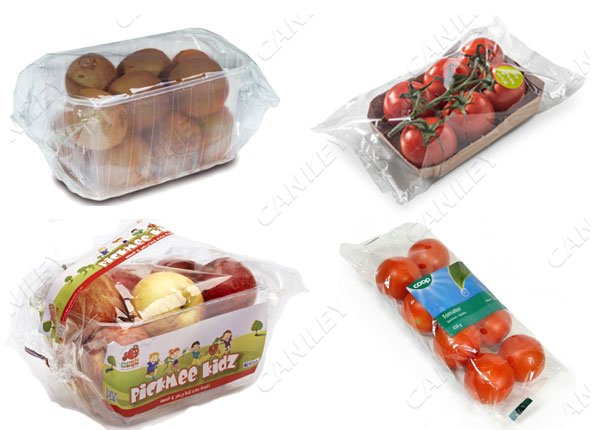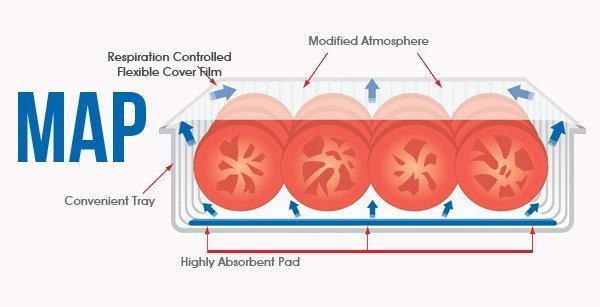 |
| https://agriculturistmusa.com/wp-content/uploads/2018/06/post-harvest-technology-768x456.jpg |
Fruits and vegetables are perishable in nature. Scientific harvesting and handling are the practical way to reduce the losses due to physical damage, spoilages, due to insect damages and microbial growth. Various protocols are standardized and available for adoption to get the best result, which will give economic benefits. Similarly, proper storage conditions, with suitable temperature and humidity are needed to lengthen the storage life and maintain quality once the crop has been cooled to the optimum storage tempera Lure. Greater emphasis need to be given on the training of farmers, creation of infrastructure for cold chain with common facilities for sorting, grading, packing and post harvest treatments in all major markets. Some technologies for extension of shelf life of fruits and vegetables are:
1. Waxing:
 |
| https://nordicfoodlab.files.wordpress.com/2013/10/4b97f-img_1480.jpg?w=640 |
It is used as protective coating for fruits and vegetables and help in reduction in loss in moisture and rate of respiration and ultimately results in prolonged storage life.
2. Evaporative Cool Storage:

https://d-lab.mit.edu/sites/default/files/2018-11/Evaporative%20cooling%20for%20vegetable%20preservation%20landing_0.jpg
It is the best short-term storage of fruits and vegetables at farm level. It helps the farmers to get better returns for their produce. In this structure, horticultural crops reduce shriveling and extend their storage life.
3. Pre-packaging:

https://www.cankey-tech.com/uploads/191129/4-191129141T4N7.jpg
This technology controls the rate of transpiration and respiration and hence keeps the commodity in fresh condition both at ambient and low temperature. It can able to bring revolutionary progress in our trade practice and also benefit the consumer and the producer because of its low cost and ready availability.
4. Cold Storage:

https://www.crscoldstorage.co.uk/cold-storage-assets/articles/articles-l/coldstoragedesign-lg.jpg
These structures are extensively used to store fruits and vegetables for a long period and employ the principle of maintaining a low temperature, which reduces the rate of respiration and thus delays ripening.
5. Modified Atmosphere Packaging (MAP):

https://kbtfoodpack.com/wp-content/uploads/2019/08/modified-atmosphere-packaging.jpg
These packaging modify the atmosphere composition inside the package by respiration. This technology is successful to extend the shelf life of (Cavendish banana, carrots capsicum, green chilli and tomatoes by 15, 14, 13, 8 and 15 clays as against 5, 7, 8, 4 and 7 days in control respectively, under ambient conditions. Storage of Papaya can be extended 4 weeks when stored at 10 -12 °C under modified atmosphere (MA) conditions by wrapping them in low density polyethylene (LDPE) bag. Using this technique, the fruit can be transported to different markets in refrigerated sea containers with Temperature Sea at 10-12 °C. Fruits ripen within 3-4 days after arrival when placed at ambient temperature. While using optimum low temperature, storage life of Cavendish banana, capsicum, green chili and tomato can be extended to 42,21,28 and 30 days in comparison to 21, 10,21 and 15 days respectively.
6. Controlled Atmosphere Storage (CAS):
 |
| https://www.nexgencorporate.in/images/products/contro-atmosphere-cold-storage-india.jpg |
It is based, on the principle of maintaining an artificial atmosphere in storage room, which has higher concentration of CO2 and lower concentration of 02 than normal atmosphere. This reduces the rate of respiration and thus delays aging. This method of storage is very effective when combined with low temperature storage.
7. Cold Chain:

https://i0.wp.com/www.industrialindia.in/wp-content/uploads/2019/12/coldchain-trends-supplychain-hvac-hvacr.jpg?resize=696%2C538&ssl=1
Following cold chain handling system for fresh horticultural crops from (arm to consumer. It helps in reducing wastages and retention of quality of commodities.
8. Irradication:

https://c7.alamy.com/comp/3/c39d5e76196b40ebb7cd51559297b430/hffw88.jpg
It is the newer technologies that can be gainfully employed during storage to reduce post-harvest losses and extend storage life of fruits and vegetable. When fruits and vegetables expose to ionizing radiation (such as gamma-rays) at optimum dosage delays ripening minimizes insect infestation, retards microbial spoilages, control sprouting, and rotting of onion, garlic and potato during storage. It is also used as a disinfection treatment and controls fruit fly on citrus, mango seed weevil and papaya fruit fly.
9. Edible Coatings:

https://www.mdpi.com/foods/foods-10-02438/article_deploy/html/images/foods-10-02438-g002.png
These are continuous matrices prepared from edible materials such as proteins, polysaccharides and lipids. They can be used as film wraps and when consumed with the food, become an ingredient of the food. They not only minimize the post harvest losses but also need for energy intensive operations and controlled atmosphere storage. They can control migration of gases, moisture, oil, fat, and solutes, as well as retain volatile flavouring compounds. An edible coating improves structural integrity and mechanical handling and carry product so that they help to maintain quality and inhibit microbial growth causing deterioration of the product.
10. Others:
- Facilities/ services like grading, washing, cleaning, scientific harvesting and the like, in respect of perishables at the farm level.
- Cold storage facilities should be extended to tropical fruits and vegetables. Handling protocols should be established for crops other than mango, citrus, grapes and capsicurn to improve the shelf life and export.
- The issue relating to increasing the shelf life of horticultural products needs to he addressed.
- Appropriate packaging material for export of fresh fruits, vegetables and for modified atmosphere packaging should be developed.
- Value addition needs to be viewed in a wider perspective than mere processing to ensure better return to the producer/ farmer, besides providing better quality product to the consumer.
- Development of natural food columns, fiber, single cell protein and food grade enzymes from processing wastes will be useful.






